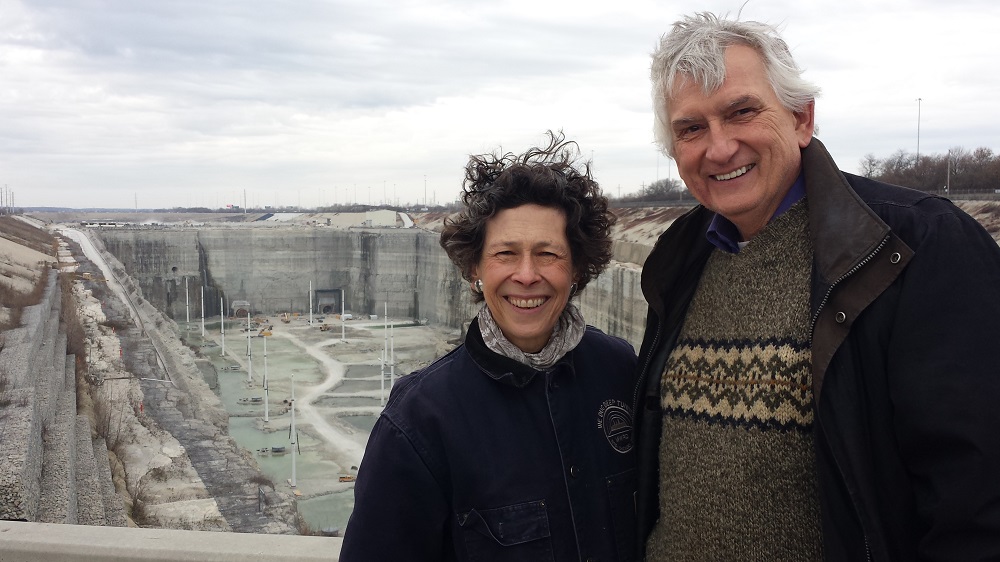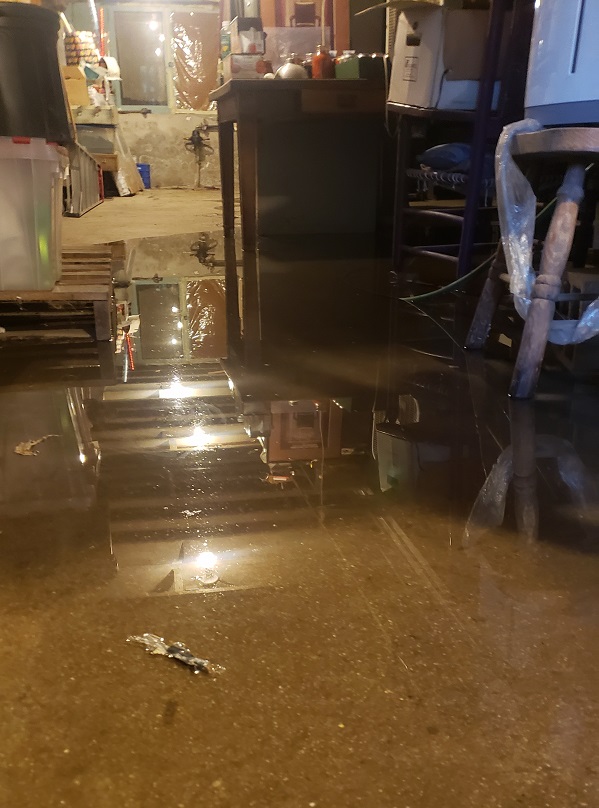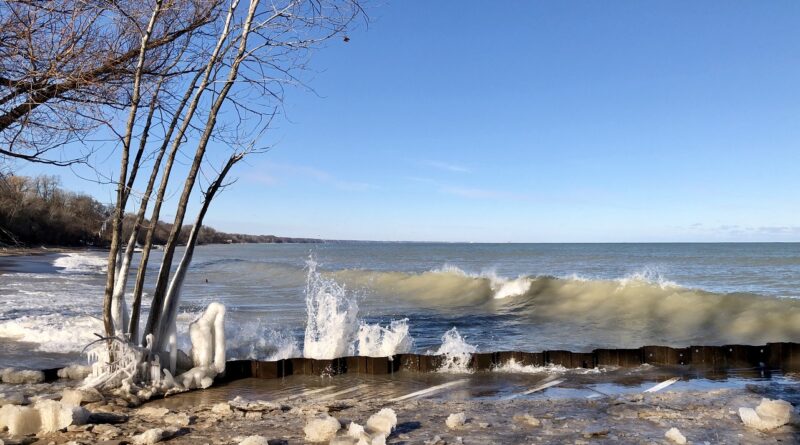Climate Change and Chicago’s Water
Podcast: Play in new window | Download (Duration: 2:04:26 — 60.0MB)
Subscribe: Apple Podcasts | Spotify | Android | iHeartRadio | Podchaser | Email | TuneIn | RSS | More
(July 18, 2021) It’s been a crazy weather year. Aren’t they all? That said, climate change makes it harder and harder each year to identify “normal” weather. Droughts occasionally come to various parts of the country. But what do you say about the severity of the current drought that plagues the American West? Is it normal to lurch from drought one week to flooding rains the next, as happened in the Chicago area? What about going from historical lows to historical highs in the level of Lake Michigan in a matter of a few years? At what point do we get to finally identify climate change as a major factor in our weather?
Chicago (and Lake Superior?) vs Lake Michigan

Lake Michigan occasionally threatens the city. In the past, the swamp upon which the city was built caused headaches and forced innovation. Writer and author Dan Egan recently illustrated that in an article for the New York Times. It’s titled The climate crisis haunts Chicago’s future. A Battle Between a Great City and a Great Lake. I urge you to read the piece. You will learn a lot about Chicago’s uneasy relationship with water. It features a great deal of history as well as some stunning photos, videos and storytelling.
Chicago is built on a shaky prospect — the idea that the swamp that was drained will stay tamed and that Lake Michigan’s shoreline will remain in essentially the same place it’s been for the past 300 years.
The lake may have other plans.
Climate change has started pushing Lake Michigan’s water levels toward uncharted territory as patterns of rain, snowfall and evaporation are transformed by the warming world. The lake’s high-water cycles are threatening to get higher; the lows lower. Already, the swings between the two show signs of happening faster than any time in recorded history.
When that article was published, I posted it about it on social media. One show viewer insisted I connect the inconsistent lake levels to the water in Lake Superior that is managed by a “relatively obscure Lake Superior board.” The Chicago Tribune covered that story in 2018, when water levels were unusually high. It’s one more piece of the puzzle.
The undeniable signs of climate change
Two weeks after Egan’s story galvanized Chicagoans, Europe was pounded by catastrophic rains. As of this writing, more than 100 people are dead, and another 1,300 are missing. That’s where climate change rears its ugly head.
Extreme downpours like the ones that occurred in Germany are one of the most visible signs that the climate is changing as a result of warming caused by greenhouse gas emissions. Studies have found that they are now happening more frequently for a simple reason: A warmer atmosphere can hold more moisture, generating more, and more powerful, rainfall.
But even as extreme weather events become increasingly common around the globe — whether wildfires in the American West, or more intense hurricanes in the Caribbean — the floods that cut a wide path of destruction through Germany, Belgium, Switzerland and the Netherlands this week were virtually unheard-of, according to meteorologists and German officials
The recent heavy rains around Chicago didn’t cause the same kind of damage. But they remind us that, like the American West, we are witnessing climate change in real time. And, as noted above, Chicago must be on alert for certain weather events. We talked with meteorologist Rick DiMaio for months about drought in the upper Midwest. The recent rains changed that in certain areas, not in others.
Which brings us to today’s guest. Debra Shore is serving her third six-year term on the board of the Metropolitan Water Reclamation District of Greater Chicago. She regularly makes time to appear on our show, for which we are extremely grateful. Today, she returns to talk about the confluence of Chicago’s water quality and climate change. Justin Hart, science and policy advisor to Commissioner Shore, joins the conversation.
How we got to now
Shore wants us to know about Steve Johnson. He wrote the book How We Got To Now: Six Innovations that Made the Modern World. In it, he states,

We rarely think about it but the growth and vitality of cities have always been dependent on our ability to manage the flow of human waste that emerges when people crowd together. From the very beginnings of human settlements, figuring out where to put all the excrement has been just as important as figuring out how to build shelter or town squares or marketplaces.”
Actually, I think about things like that. Especially when the planet now holds almost eight billion people and 54% of them are in urban areas. And climate change is a reality. So does Debra Shore, because that’s part of her job. That’s why MWRD has a new five-year strategic plan. And they’re working on a new mapping tool to measure stormwater improvements. The agency’s goal is to
protect the health and safety of the public in its service area, protect the quality of the water supply source (Lake Michigan), improve the quality of water in watercourses in its service area, protect businesses and homes from flood damages, and manage water as a vital resource for its service area.
Speaking of “now” in another way, I invited Debra Shore to be on the show when my basement flooded twice in one week recently. To be sure, it was a minor inconvenience, though it put me out several hundred dollars. But it’s never fun to see sewage backing up into your basement. We have a short time to cover a lot of water issues today. We hope you join us live or catch the YouTube video or podcast.


